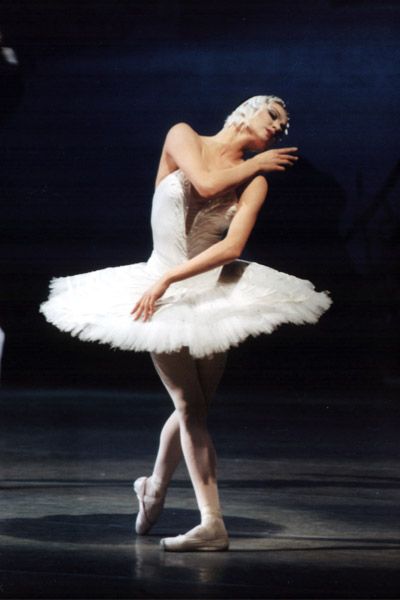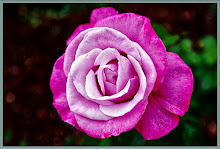 |
| "Two Dancers Entering the Stage" by Edgar Degas |
 |
| "Odette" in Swan Lake |
I am a devotee of classical music especially classical ballet.
Ballet originated in the Italian Renaissance courts of the 15th century. Noblemen and women were treated to lavish events, especially wedding celebrations, where dancing and music created an elaborate spectacle. Dancing masters taught the steps to the nobility, and the court participated in the performances. In the 16th century, Catherine de Medici — an Italian noblewoman, wife of King Henry II of France and a great patron of the arts — began to fund ballet in the French court. Her elaborate festivals encouraged the growth of ballet de cour, a program that included dance, decor, costume, song, music and poetry. A century later, King Louis XIV helped to popularize and standardize the art form. A passionate dancer, he performed many roles himself, including that of the Sun King in Ballet de la nuit. His love of ballet fostered its elevation from a past time for amateurs to an endeavor requiring professional training.
By 1661, a dance academy had opened in Paris, and in 1681 ballet moved from the courts to the stage. The French operaLe Triomphe de l’Amour incorporated ballet elements, creating a long-standing opera-ballet tradition in France. By the mid-1700s French ballet master Jean Georges Noverre rebelled against the artifice of opera-ballet, believing that ballet could stand on its own as an art form. His notions — that ballet should contain expressive, dramatic movement that should reveal the relationships between characters — introduced the ballet d’action, a dramatic style of ballet that conveys a narrative. Noverre’s work is considered the precursor to the narrative ballets of the 19th century. |
| Svetlana Zakharova |
After the Romantic ballet era, the next major development in ballet occurred in Russia. Russia had a long folk-dance tradition and in the 18th century, landowners had maintained serf dance companies. Dancing was also regularly taught in the military academies. The students at the Imperial Russian Ballet schools in St Petersburg and Moscow and the dancers of the Maryinsky (Kirov) Ballet and Bolshoi Ballet were highly privileged and regarded as members of the royal household.
The three greatest dancers in classical ballet history are considered to be Ana Pavlova (Russian,) Margot Fonteyn (English - Royal Ballet,) and Rudolf Nureyev (Russian.) One of the main reasons Nureyev defected from the then Soviet Union (Kirov Ballet) was to dance with Fonteyn; they are considered the greatest duo in history. They are also my all time favorites- a picture of perfection. Today, the ballerinas Yulia Makhalina (Kirov) and also Svetlana Zakharova (Bolshoi) have everything going for themselves. They are not only extremely talented - they can do anything with their feet, arms, and jumps, they are also beautiful.
Marius Petipa
 |
| Marius Petipa |
Classical ballet developed in the late 19th century when Marius Petipa was ballet master in St Petersburg. Classical ballet is a mixture of the French style of Romantic ballet, the techniques developed in Italy in the late 19th century, and Russian teaching. When most people talk about ballet they think of Petipa’s ballets, Swan Lake and The Sleeping Beauty.
 |
| Yulia Makhalina |
Petipa’s ballets were meticulously planned and he gave detailed descriptions to both dancers and composers. He worked closely with Tchaikovsky to create the music for Swan Lake, The Sleeping Beauty and The Nutcracker. Petipa would specify exactly how many bars of music he needed for each section of the dance. Much ballet music was tuneful, simple and often repetitive.
Today, Swan Lake is one of the most famous and popular of all ballets, yet the first version in Moscow in 1877 flopped. Now, Tchaikovsky’s familiar music is one reason for the ballet’s enduring popularity. Most versions today are based on the St Petersburg 1894 production, choreographed by Marius Petipa and Lev Ivanov, which is regarded as the greatest ballet of all time.






No comments:
Post a Comment